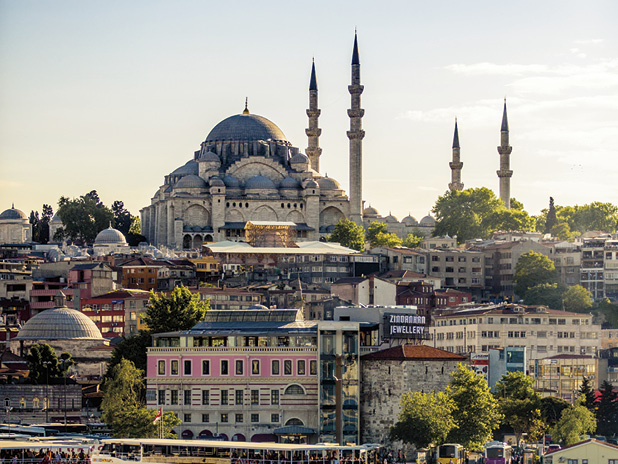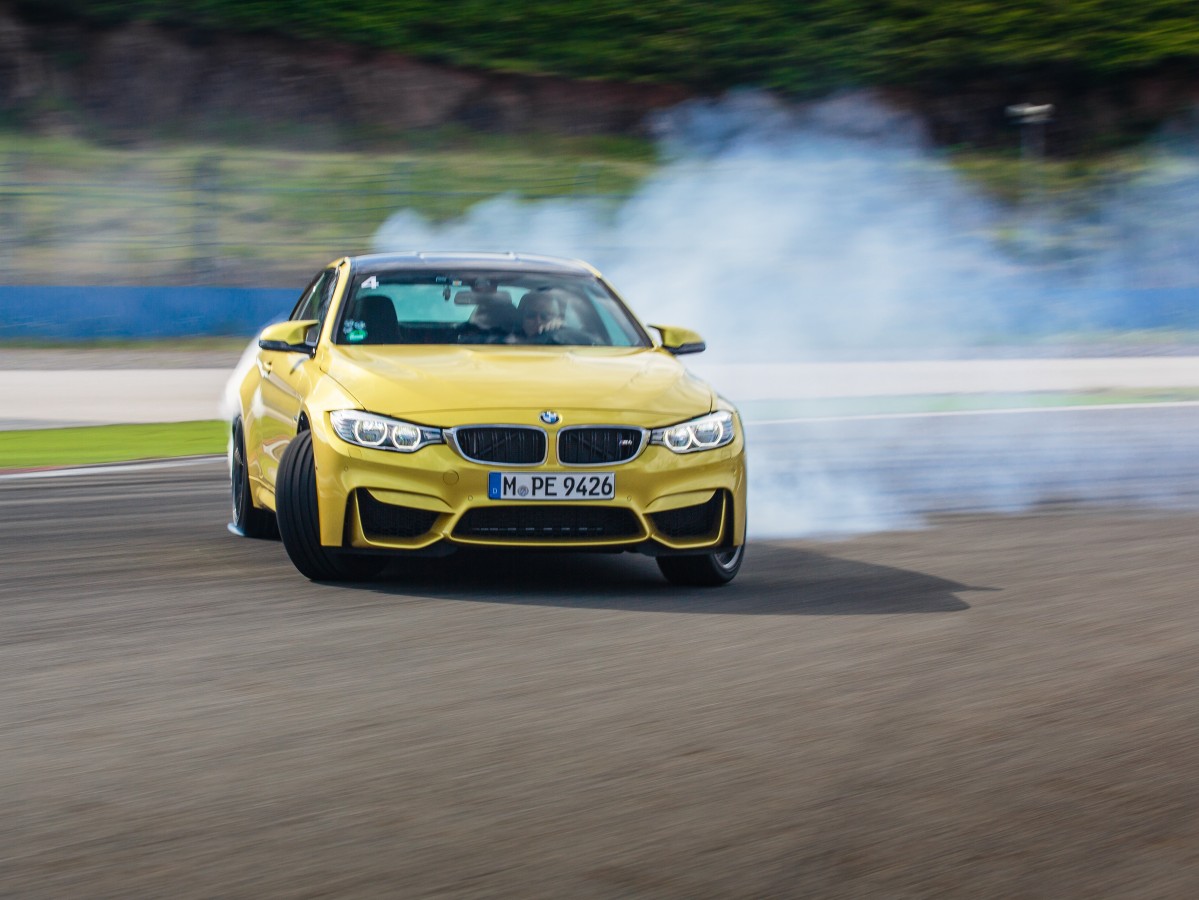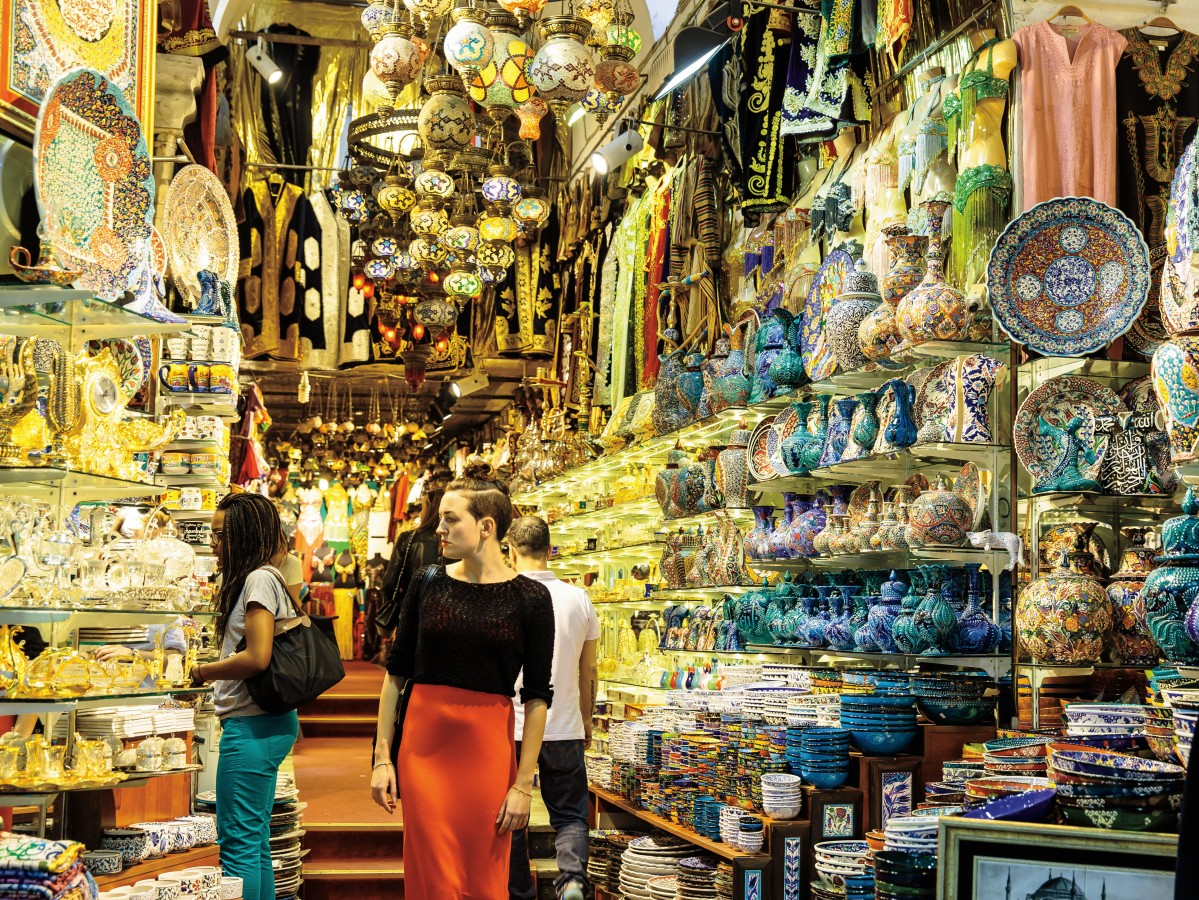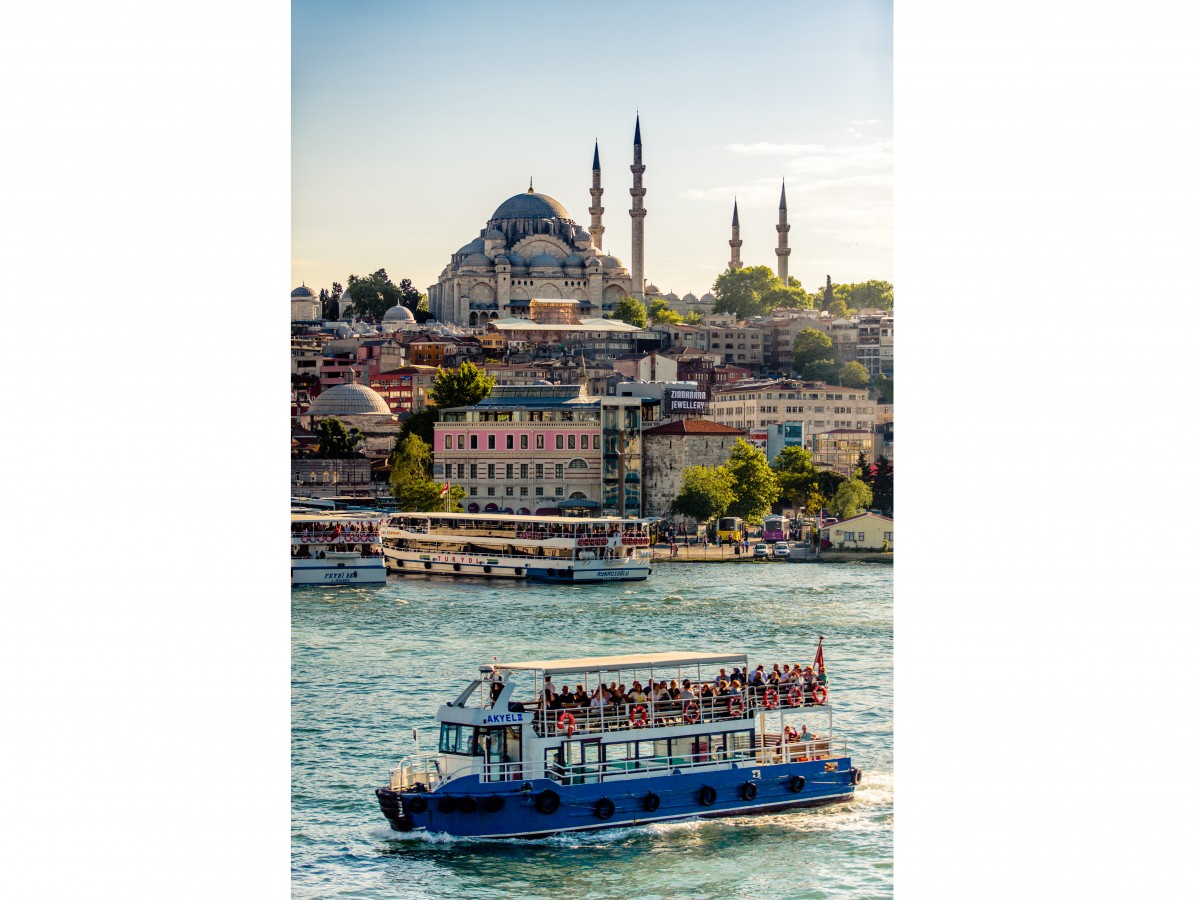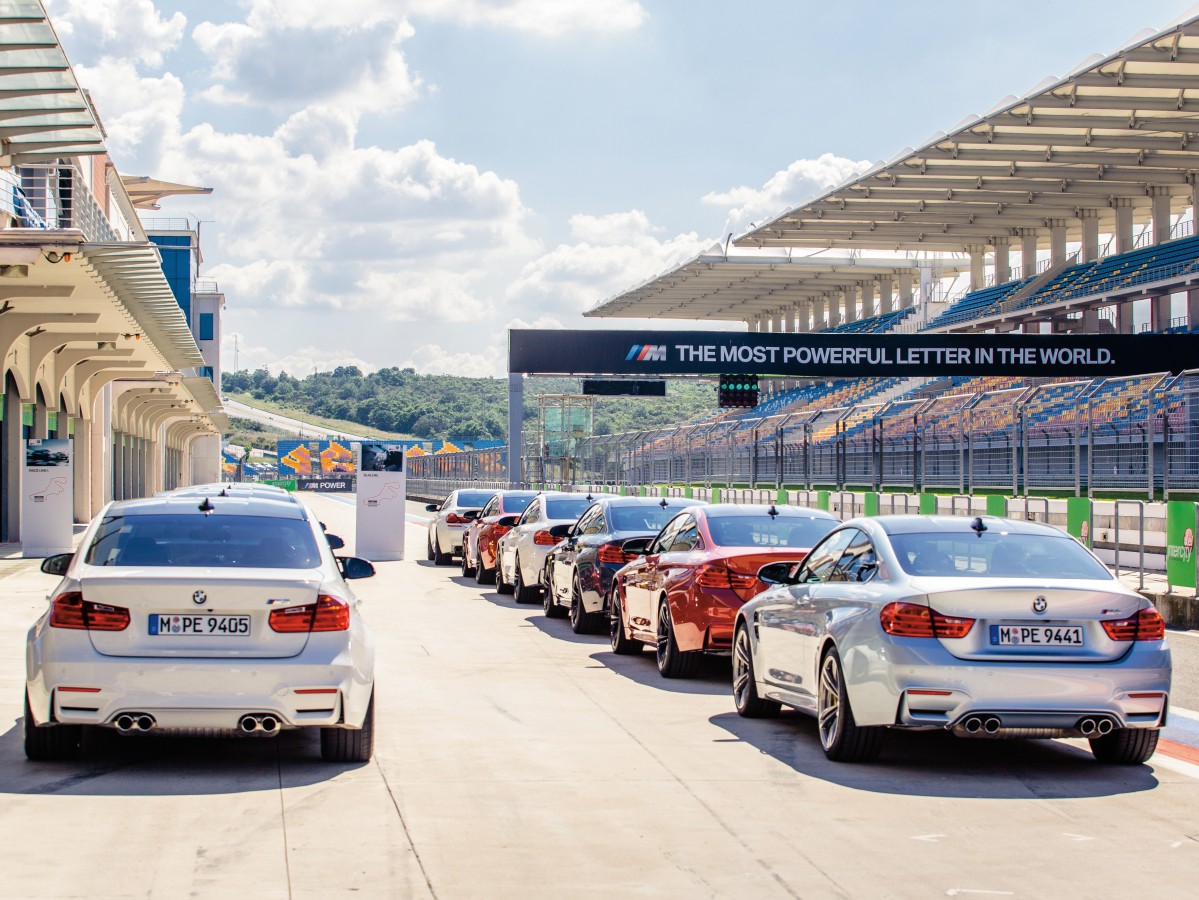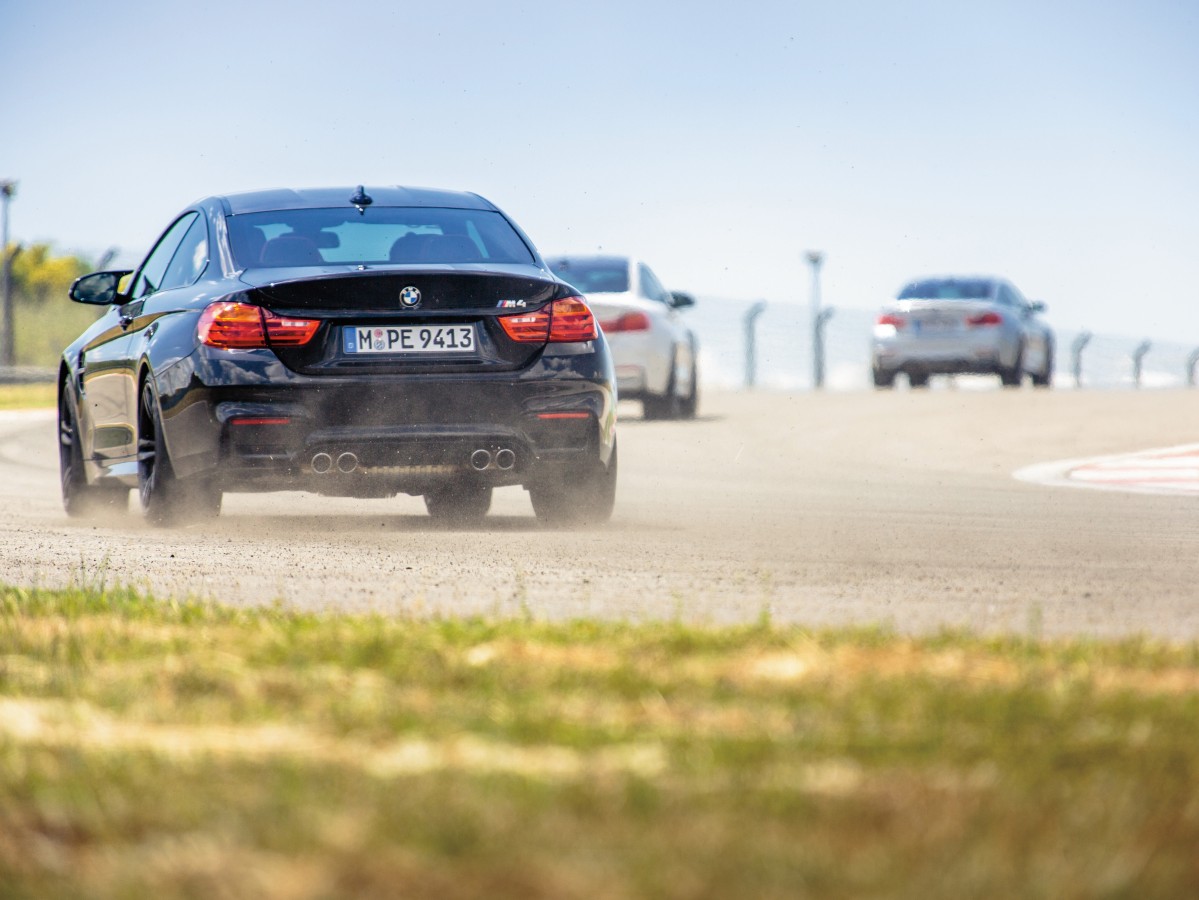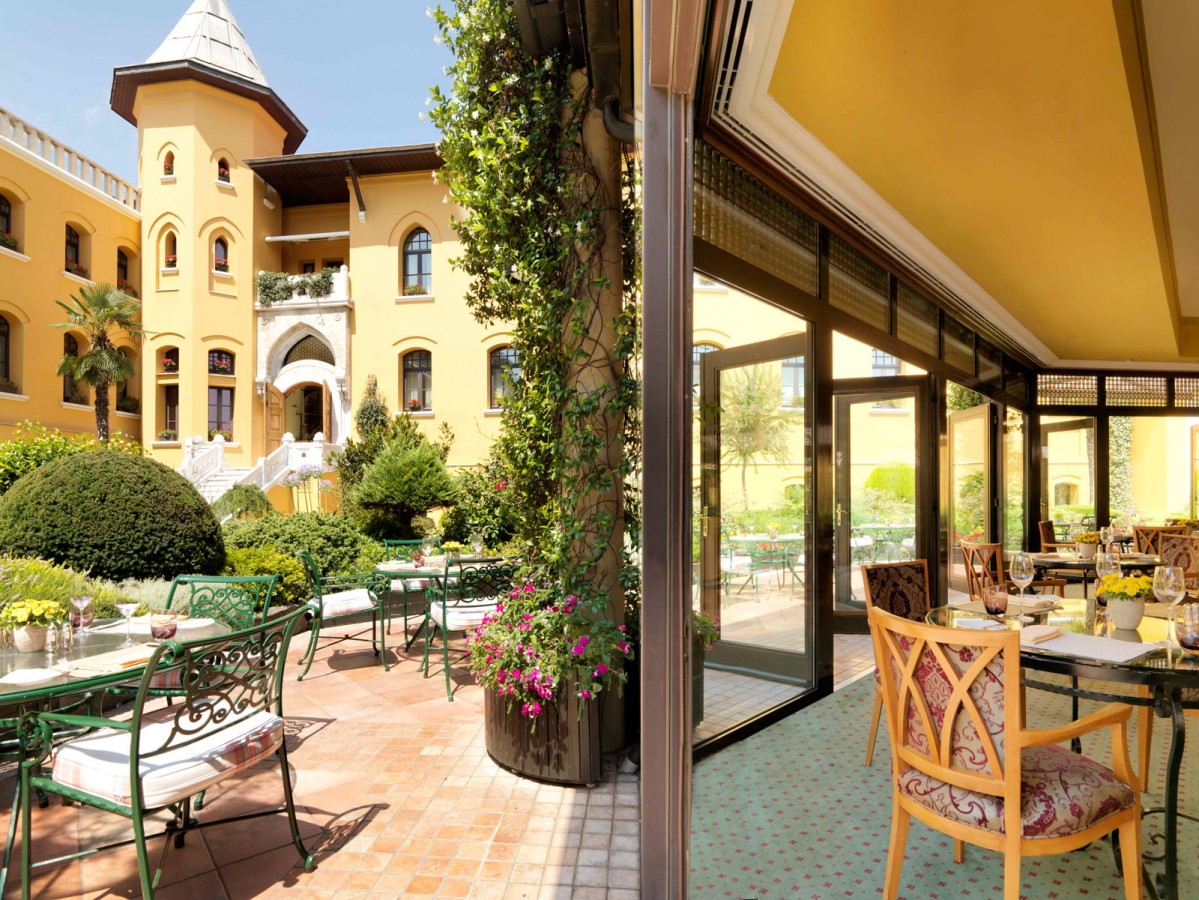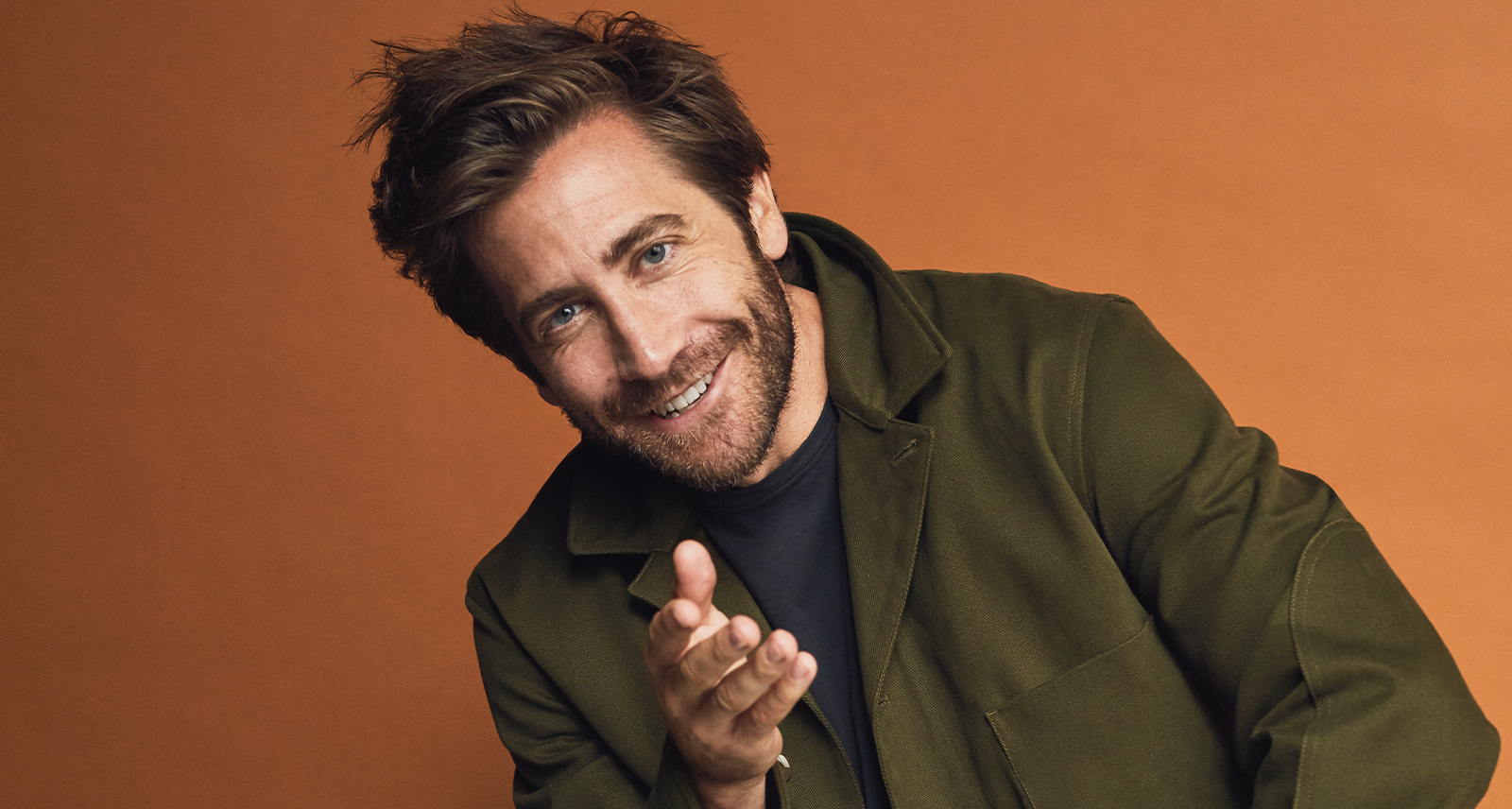A BMW Field Day in Istanbul
At 7,000 RPM, the sound of the BMW M4’s engine is hair-raising. I’m pinned to my seat as the car screeches around a bend in the track. Behind the wheel is Stefan Landmann, a baby-faced Austrian driver who will be racing at the 24 Hours of Nürburgring the following weekend. Right now, he’s showing me what this car is capable of on the Istanbul Park F1 circuit. “170, 180, 190…late turn in, then hit the apex,” he narrates, taking his hands off the wheel for dramatic effect as the speedometer hits 230 in a straightaway.
